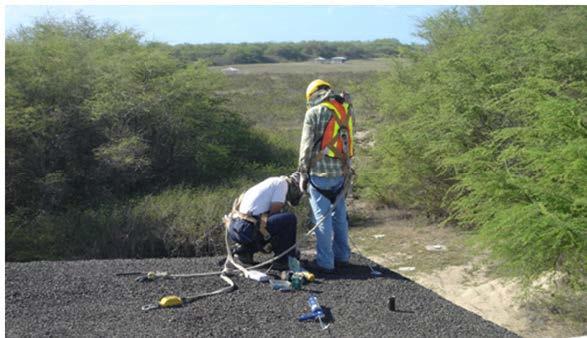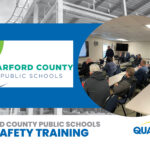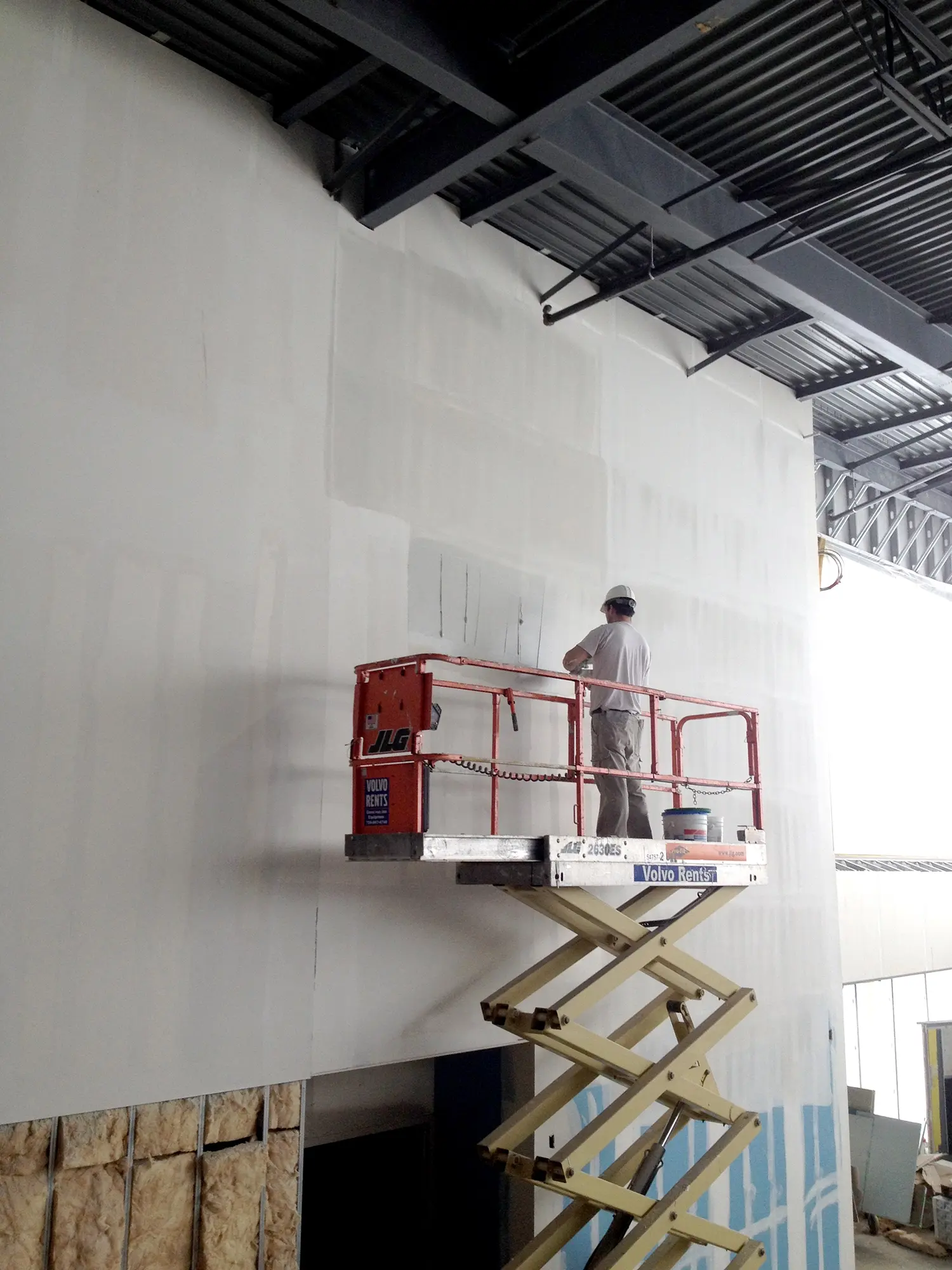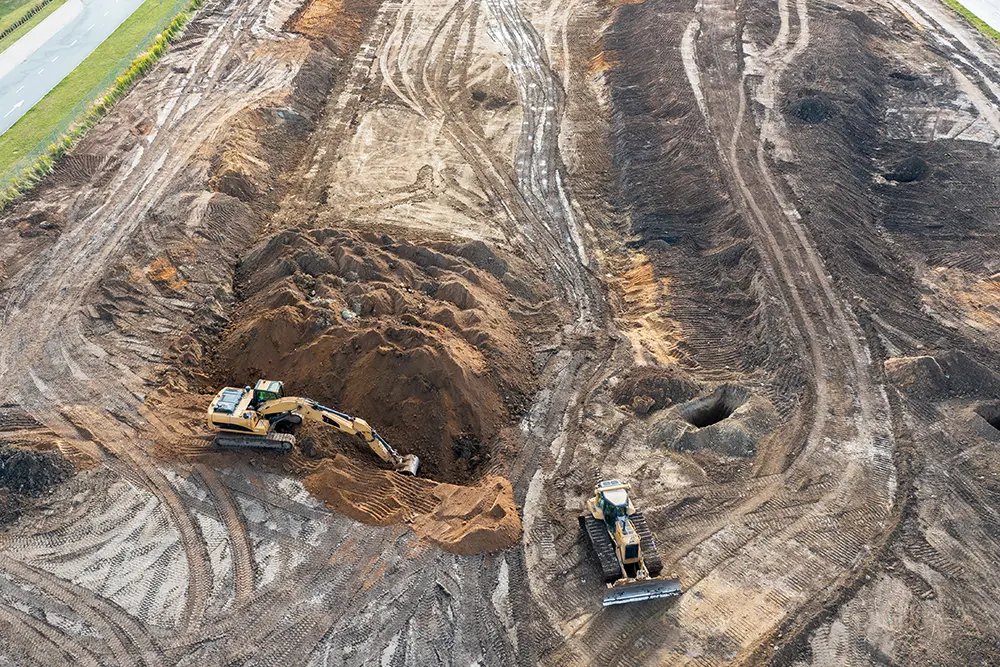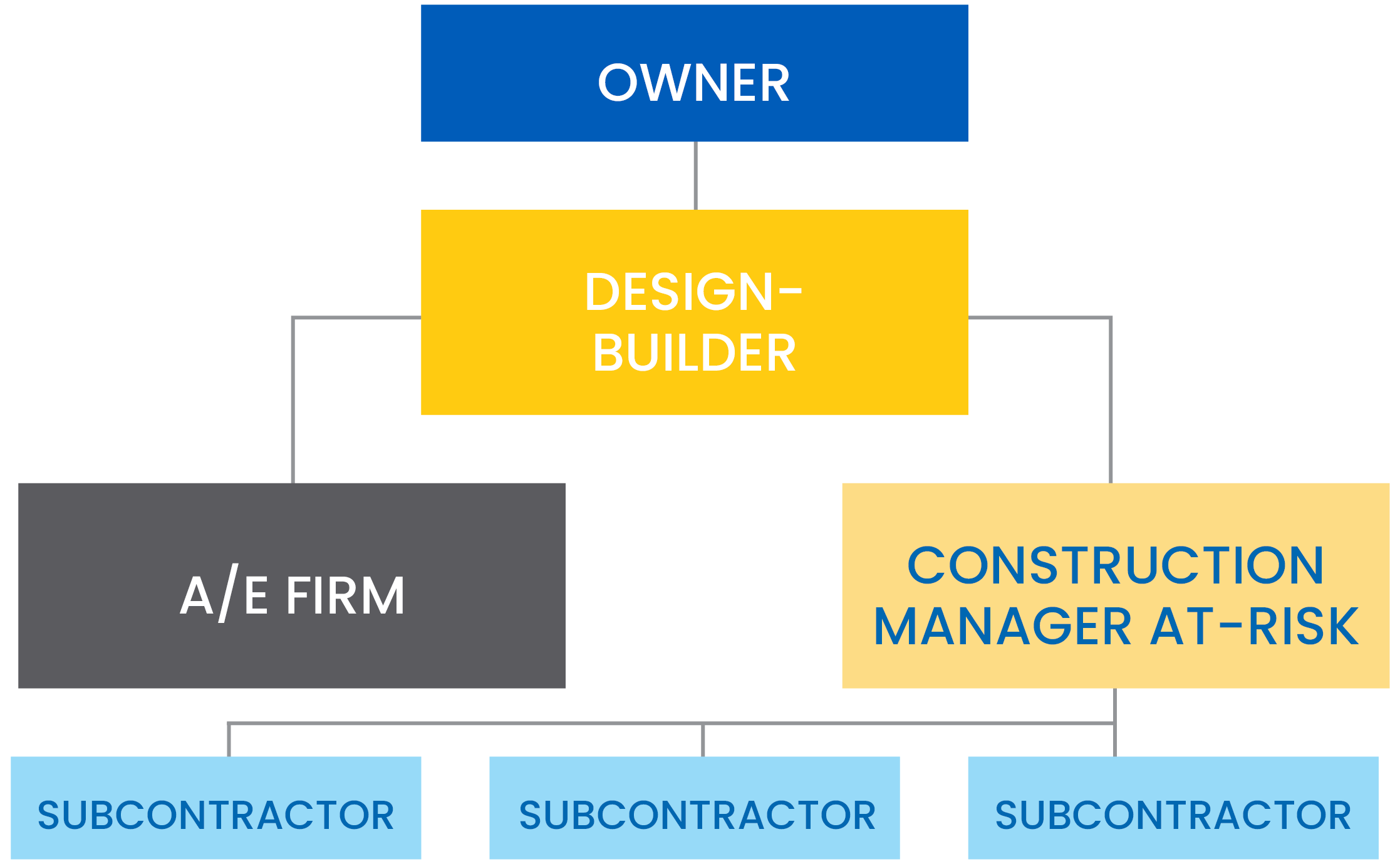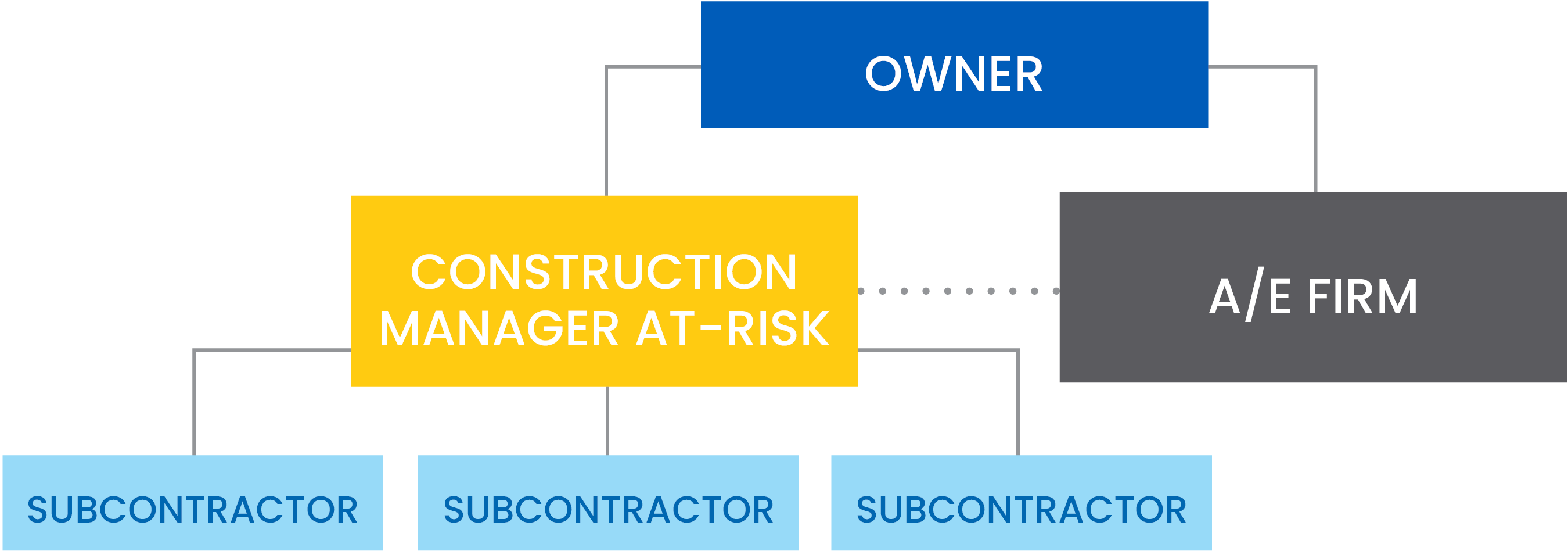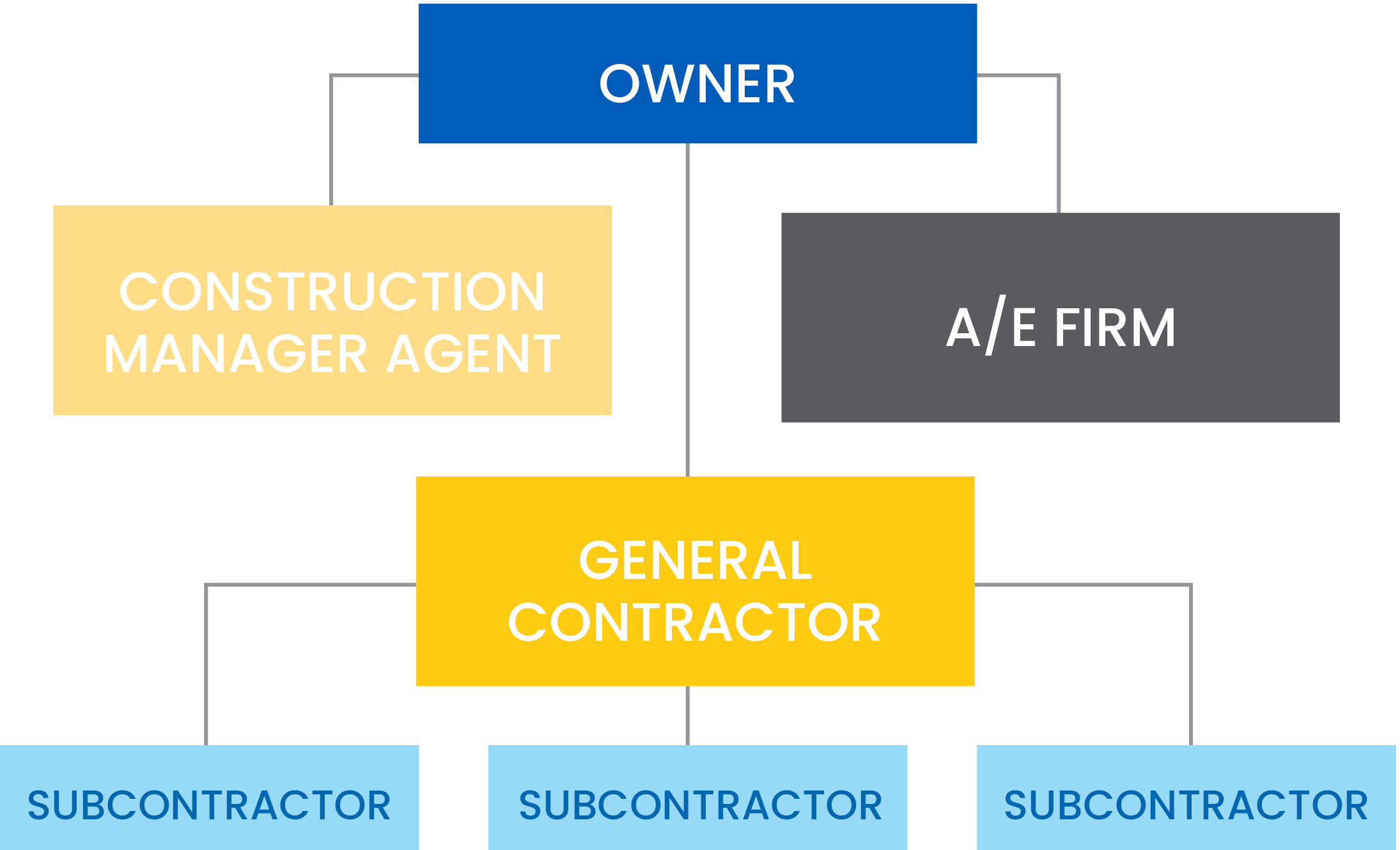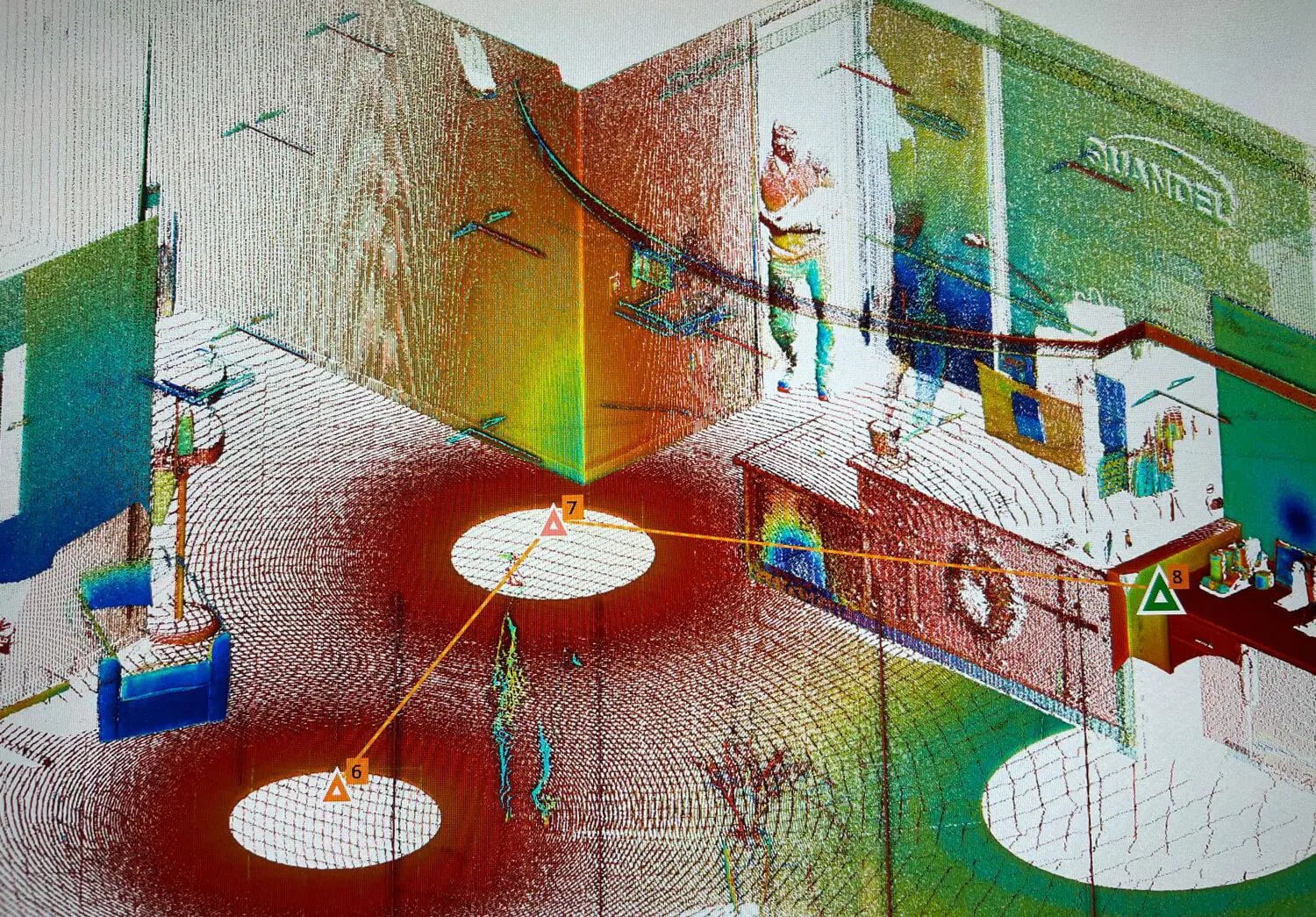OSHA defines a near miss as an incident in which no property was damaged and no personal injury was sustained, but where, given a slight shift in time or position, damage or injury easily could have occurred.
What Does This Mean to You?
It means that a serious incident almost occurred. How many times have you shrugged off a near miss? Maybe you never even gave it a second thought? Next time, think twice. The difference between a near miss and an injury is often a fraction of a second, or an inch or two in one direction or another. And when it happens again, that difference may not be there.
The Same Things That Cause Incidents Cause Near Misses
- Unsafe Acts – such as improper lifting; walking under an overhead load; not using proper Personal Protective Equipment
- Unsafe Conditions – such as poorly maintained equipment, oil or grease on floors, welding leads that have been laid in walkways, or trash and boxes that have been left in hallways.
- Hurrying and taking risks/shortcuts to complete a task or to wrap up a job at quitting time.
We never know which “Unsafe Act” or “Unsafe Condition” will cause an incident injury. Statistics show that for every 600 near misses, there are 30 incidents that result in damage to property, 10 serious injuries and 1 fatality. What that means is the more risks you take, the greater likelihood of a serious injury, or worse.
Near Misses are Warnings.
Letting a near miss go unreported provides an opportunity for a serious incident to occur. Correcting these actions or conditions will enhance the safety of our jobsites and provide a better work environment for everyone involved.
Don’t Let Yourself or Your Co-Workers Become Statistics.
Consider the following examples:
- You trip over an electrical cord plugged into an outlet stretched across a walkway, but you don’t fall.
- You drop a heavy object, but missed your toes…this time.
- While working on a piece of equipment, you receive a shock, but are not injured.
Use the “What If” strategy, the next time you have a near miss. Ask yourself, “What if…?” What if that object I dropped had hit my toes? What if I had tripped over the cord and fallen? What if that minor shock wasn’t a minor shock after all?
Near misses are warnings. Heed those warnings and change your behavior to work safer in the future.
If you see a near miss report it and correct it.


